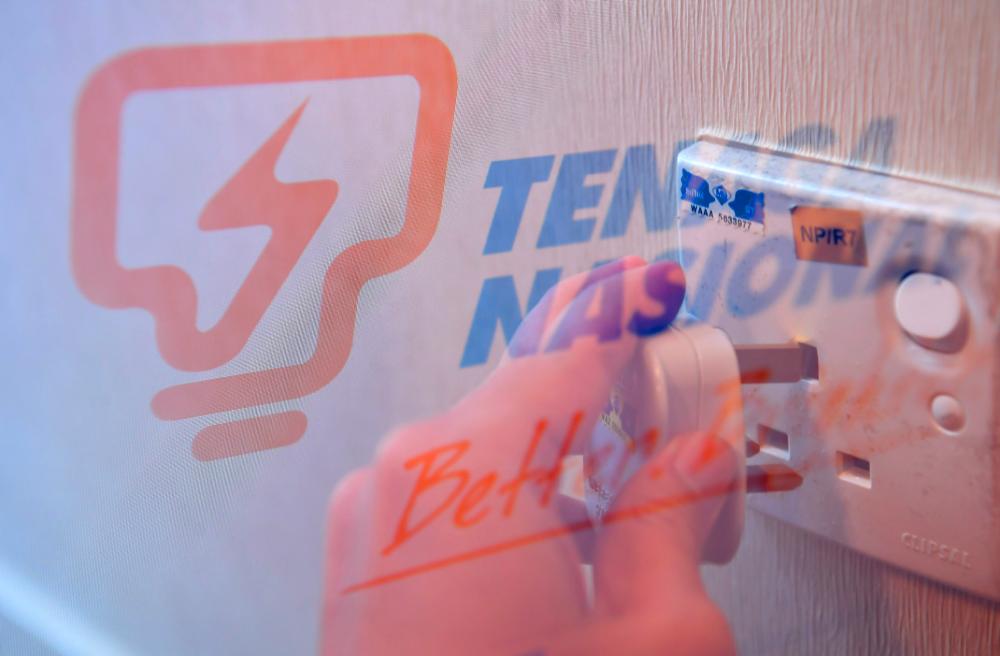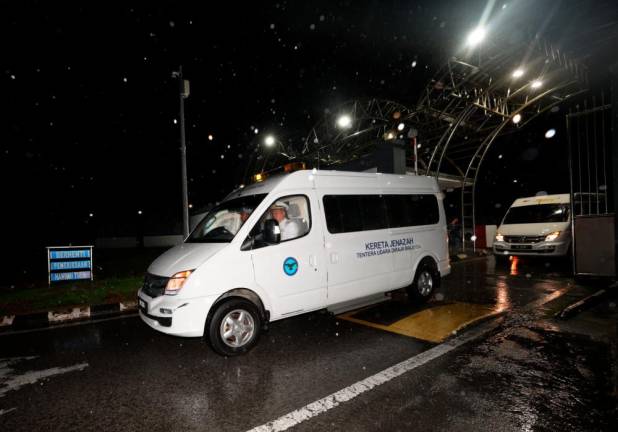THE Covid-19 outbreak and the ongoing conflict between Russia and Ukraine have disrupted the global energy industry, causing challenges to the energy market, and impacting global oil, gas and coal supplies.
The conflict has resulted in the increase of gas and coal prices, and highlighted the vulnerability of European countries to disruptions in Russian gas supply, leading to volatility in global energy prices.
Meanwhile, in China, a shortage of coal-fired production has led to power outages and higher electricity prices, impacting energy-intensive industries, such as steel, cement and aluminium.
According to the International Energy Agency, electricity demand is growing faster than renewables after falling about 1% in 2020 due to the impact of the pandemic, increasing fossil fuel generation.
Malaysia is highly dependent on coal imports, and in March 2022, former Energy and Natural Resources minister, Datuk Seri Takiyuddin Hassan, revealed that the rising coal prices had increased the country’s electricity generation costs by 45%, with coal accounting for 59% of the power generation fuel source in the peninsula.
As of 2020, Tenaga Nasional Bhd (TNB) imported coal to produce approximately 66% of the electricity in the peninsula. Malaysia primarily relies on Indonesia (63%), Australia (24%), Russia (11%) and South Africa (2%) for its coal imports.
In Peninsular Malaysia, natural gas and coal are used to generate nearly 95% of the electricity, with their costs making up approximately 42% of the current base electricity tariff. Therefore, the crisis between Russia and Ukraine, the coal shortage in China and Indonesia’s coal ban have had a significant impact on the cost of electricity generation in Malaysia.
The Economy Ministry, under the Economic Planning Unit, and agencies such as Petronas, have implemented measures to promote greater competition and the entry of new suppliers in the gas market. This includes initiatives to liberalise the gas market and encourage increased participation.
Diversifying energy sources or suppliers can help decrease reliance on a single source or a limited number of suppliers, ultimately enhancing energy security in Malaysia. Therefore, the volatility in terms of pricing, coupled with a shortage of supply, will create a knock-on effect on electricity tariffs.
The Energy Commission and the Cabinet have set the energy selling prices, which TNB, the largest utility provider in Malaysia with over eight million customers, has no control over.
The peninsula electricity rates are revised every three years (one regulation period or RP). RP1 began in 2015 and ended in 2017. RP2 was from 2018 to 2020.
Malaysia’s electricity tariff mechanism includes Incentive-Based Regulation (IBR) and Imbalance Cost Pass-Through (ICPT) to ensure fair and transparent pricing.
IBR establishes long-term pricing while ICPT ensures that the tariff accurately reflects the actual costs of generating and supplying power. Adjustments are made every six months to account for fluctuations in fuel costs, which are incorporated as surcharges or rebates within the ICPT mechanism.
As a government-linked company, TNB extended electricity subsidies to end-users during a significant portion the pandemic period as part of the government’s aid package to households and businesses.
According to TNB, customers received approximately RM2.67 billion in electricity bill subsidies between April and December 2020. By the end of 2021, the total subsidies reached RM3.31 billion. During the period of 2018-2021, the average base tariff was 39.45 sen/kWh, with 16.5 sen allocated for fuel costs.
Globalprices.com data shows that from September 2022, Malaysia had the most affordable household electricity tariff/price in Southeast Asia, with
the average household tariff per KwH
at US$0.05 (RM0.23), surpassing Vietnam (US$0.08) and Indonesia (US$0.098). Singapore had the highest tariff at US$0.242 per kWh, followed by the Philippines at US$0.176.
Malaysian businesses currently are enjoying the benefits of having the second-lowest electricity prices in the Asean region. This positions them favourably when compared to their counterparts.
Surprisingly, even in liberalised markets, such as Singapore and the Philippines, where competition is often encouraged, the average electricity prices remain high. This suggests that competition alone does not guarantee lower electricity prices, especially in cases where generation capacities are limited, entry barriers into the retail electricity business are high and market designs fail to effectively prevent the exertion of market power.
While it is inevitable that future electricity tariffs in Malaysia will increase, it is essential to emphasise that these adjustments are made with careful consideration. The objective will be to accurately reflect the changing fuel costs and promote efficient service standards in the generation business.
The aim is to create a win-win situation in the best interests of all stakeholders, with particular focus on the most important component of the equation: the consumers.
By carefully balancing cost sustainability and service quality, future electricity tariffs will be designed to promote a reliable and resilient energy sector.
The objective is to facilitate the country’s economic growth while ensuring that consumers continue to receive affordable and uninterrupted access to electricity. It is a testament of Malaysia’s commitment to maintaining a fair and equitable energy market, where the interests of businesses, households and the overall economy are effectively upheld.
In conclusion, as Malaysia progresses towards a future of higher electricity tariffs, the underlying philosophy should be centred on the well-being and prosperity of its citizens.
The decisions made will reflect a comprehensive understanding of the complex factors at play and a commitment to striking the right balance between affordability and sustainability.
Every effort should be made to ensure that the increases in tariffs are not only necessary but also justifiable, with the ultimate goal of creating a mutually beneficial environment for all stakeholders involved.
The writer is the Institute of Energy Policy and Research Director at Universiti Tenaga Nasional.
Comments: letters@thesundaily.com









